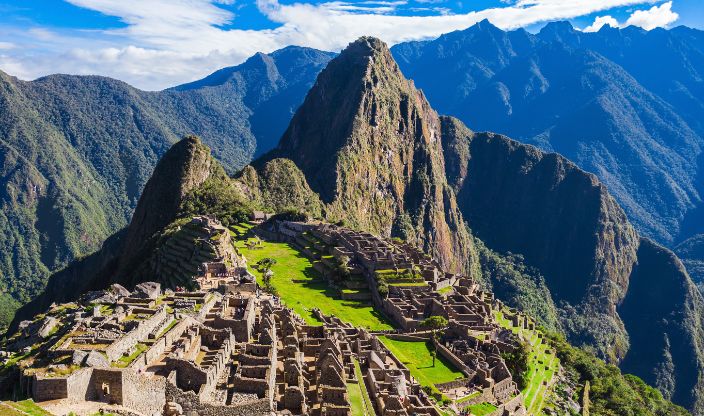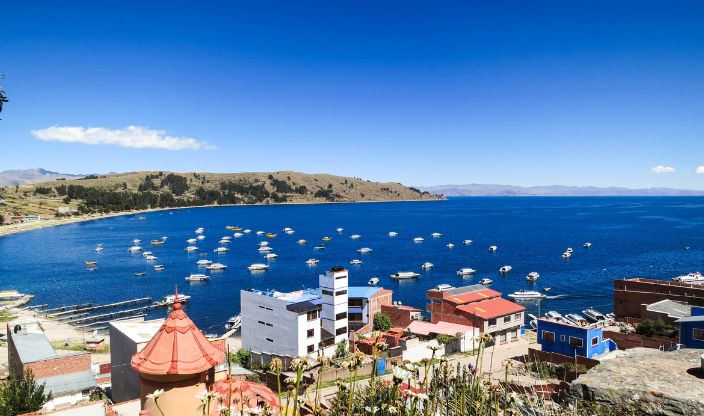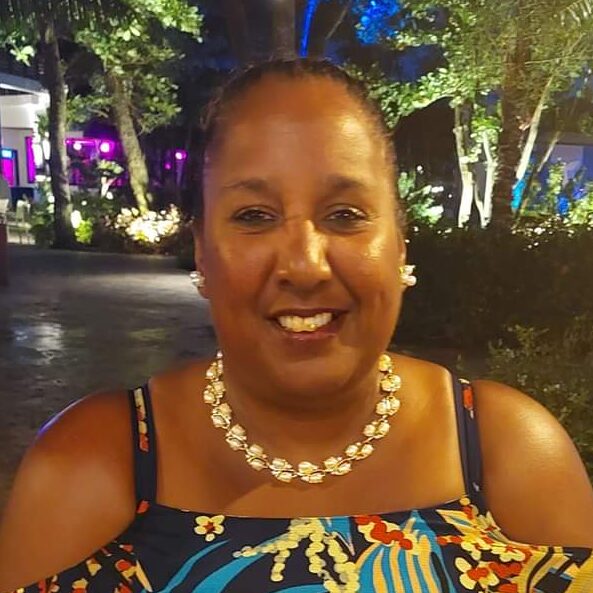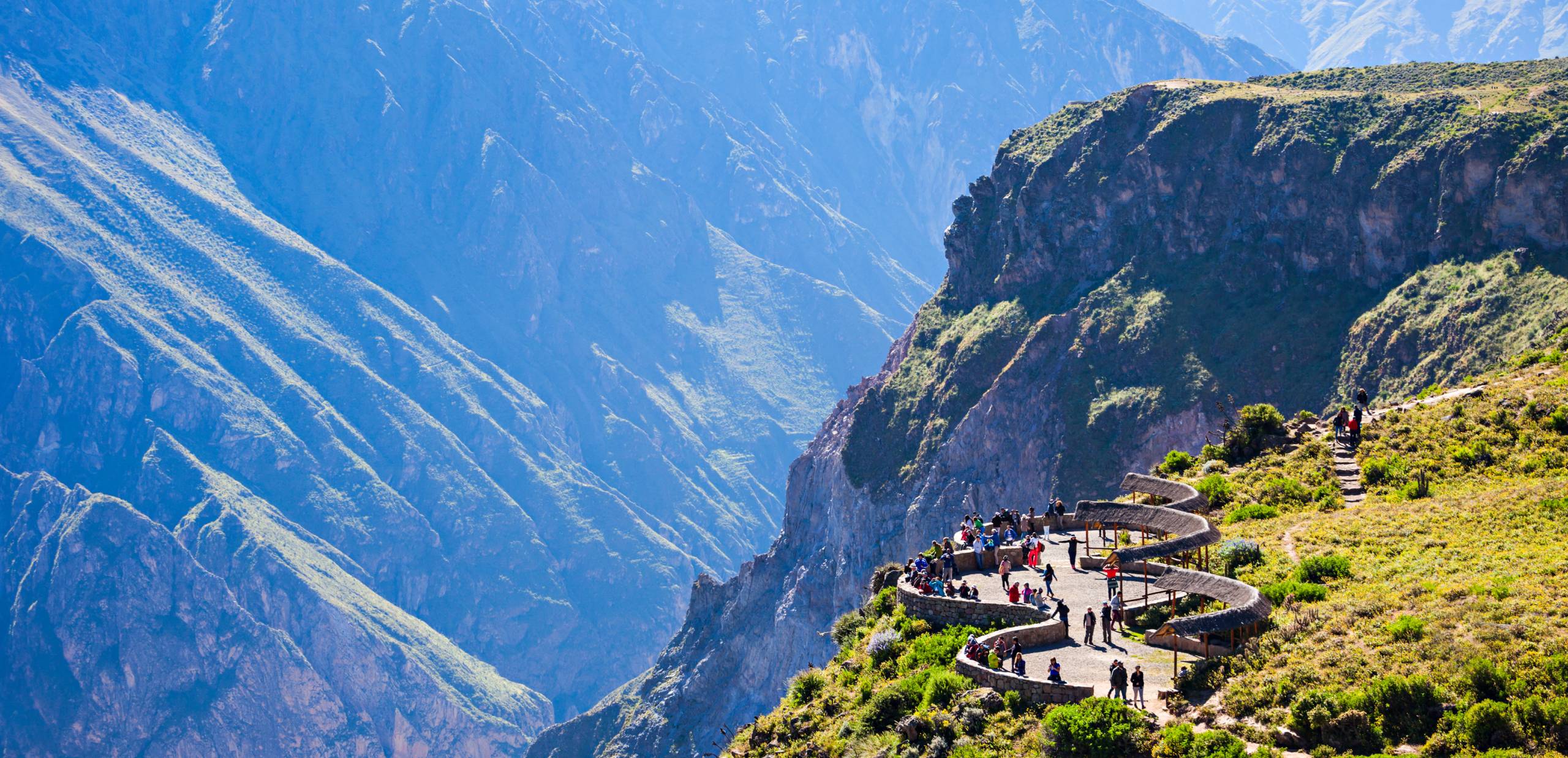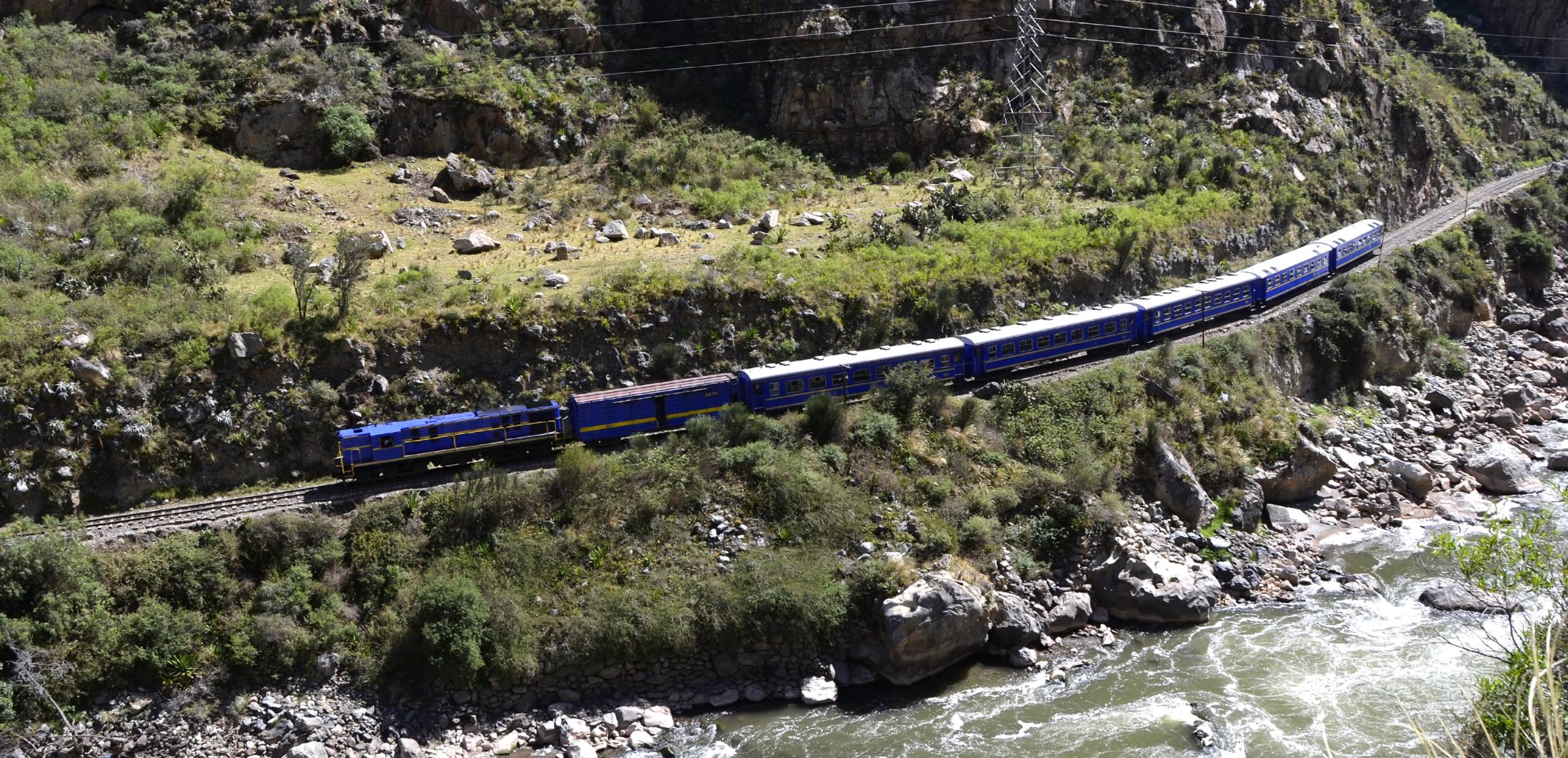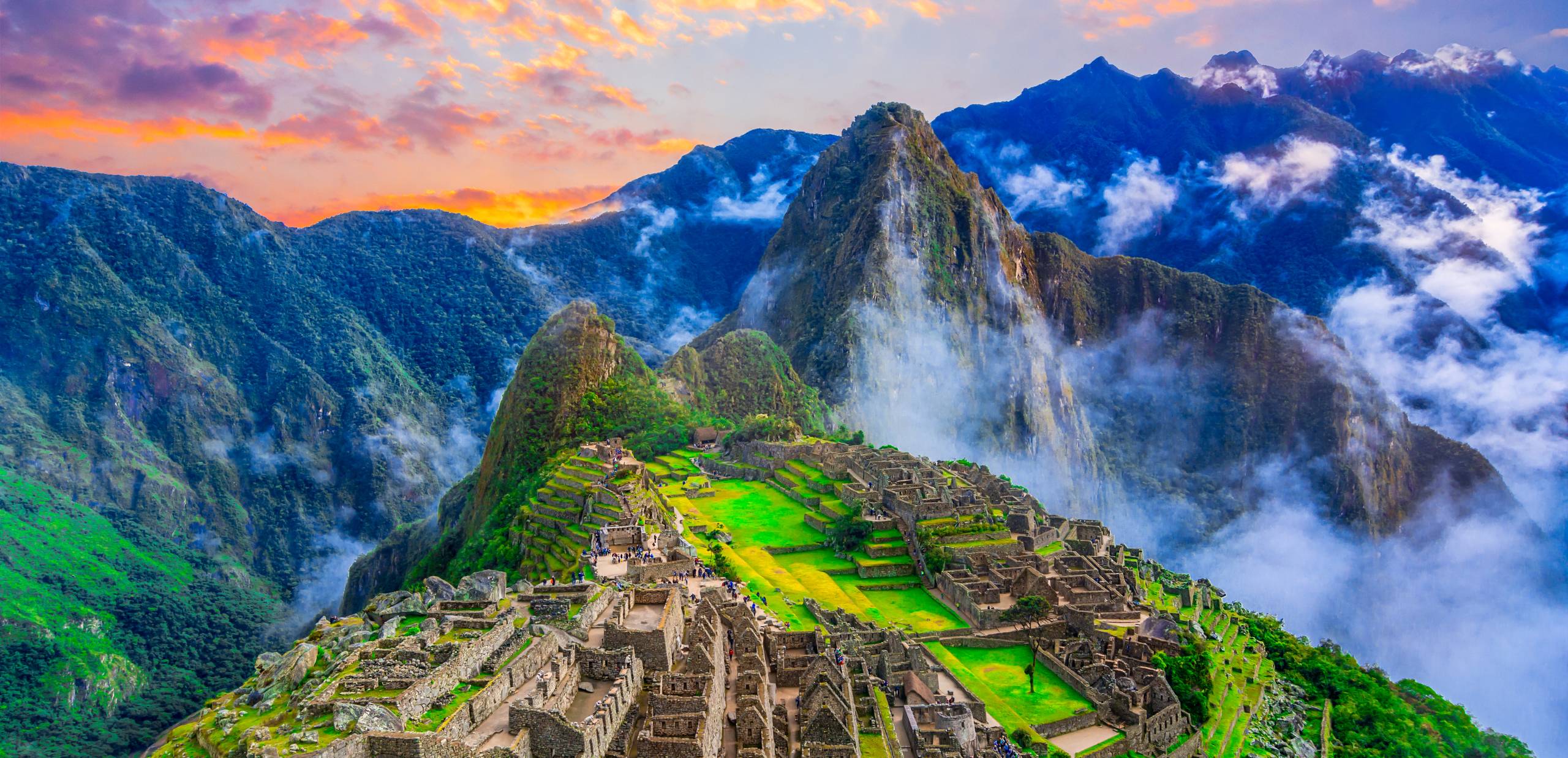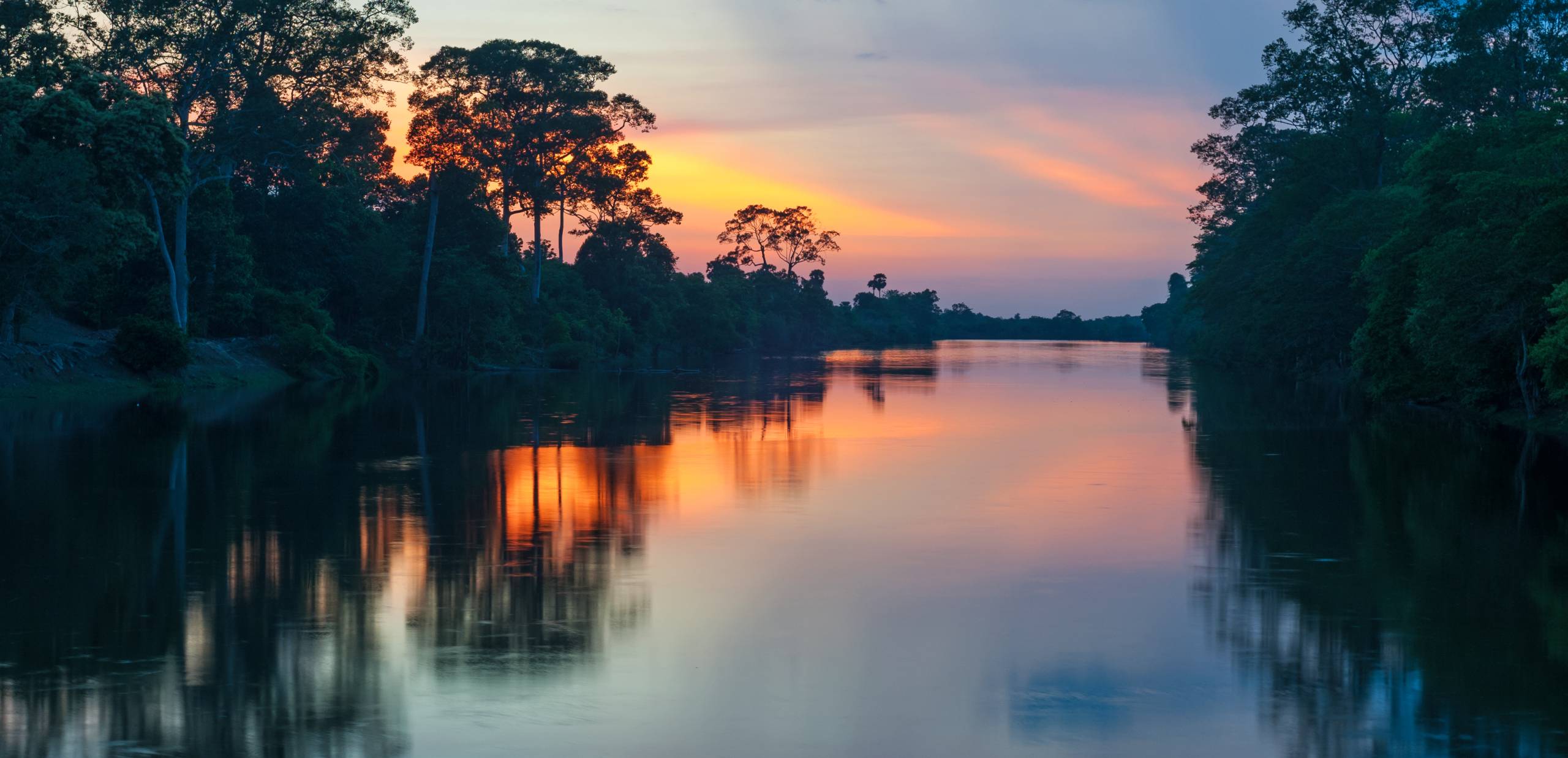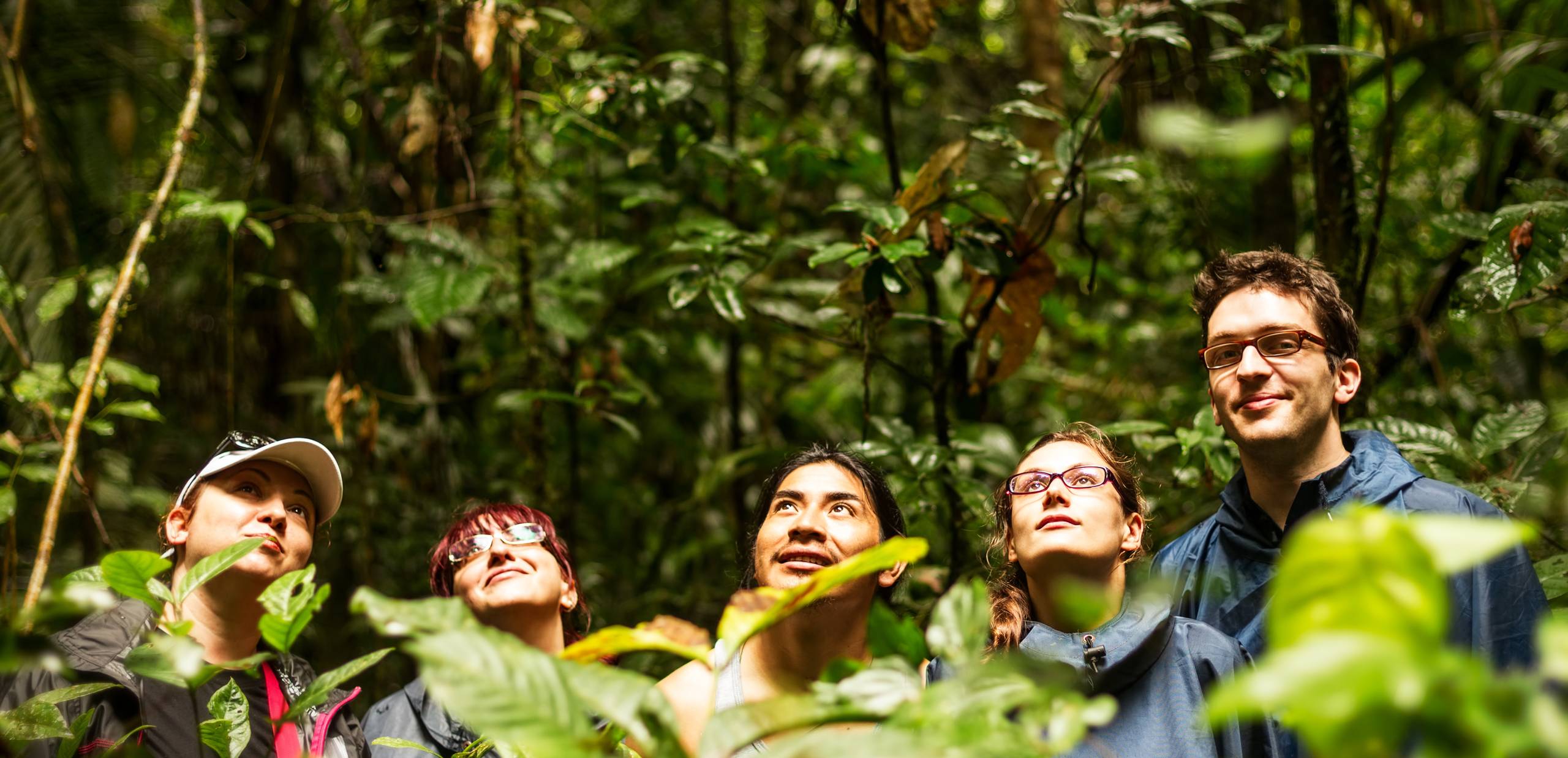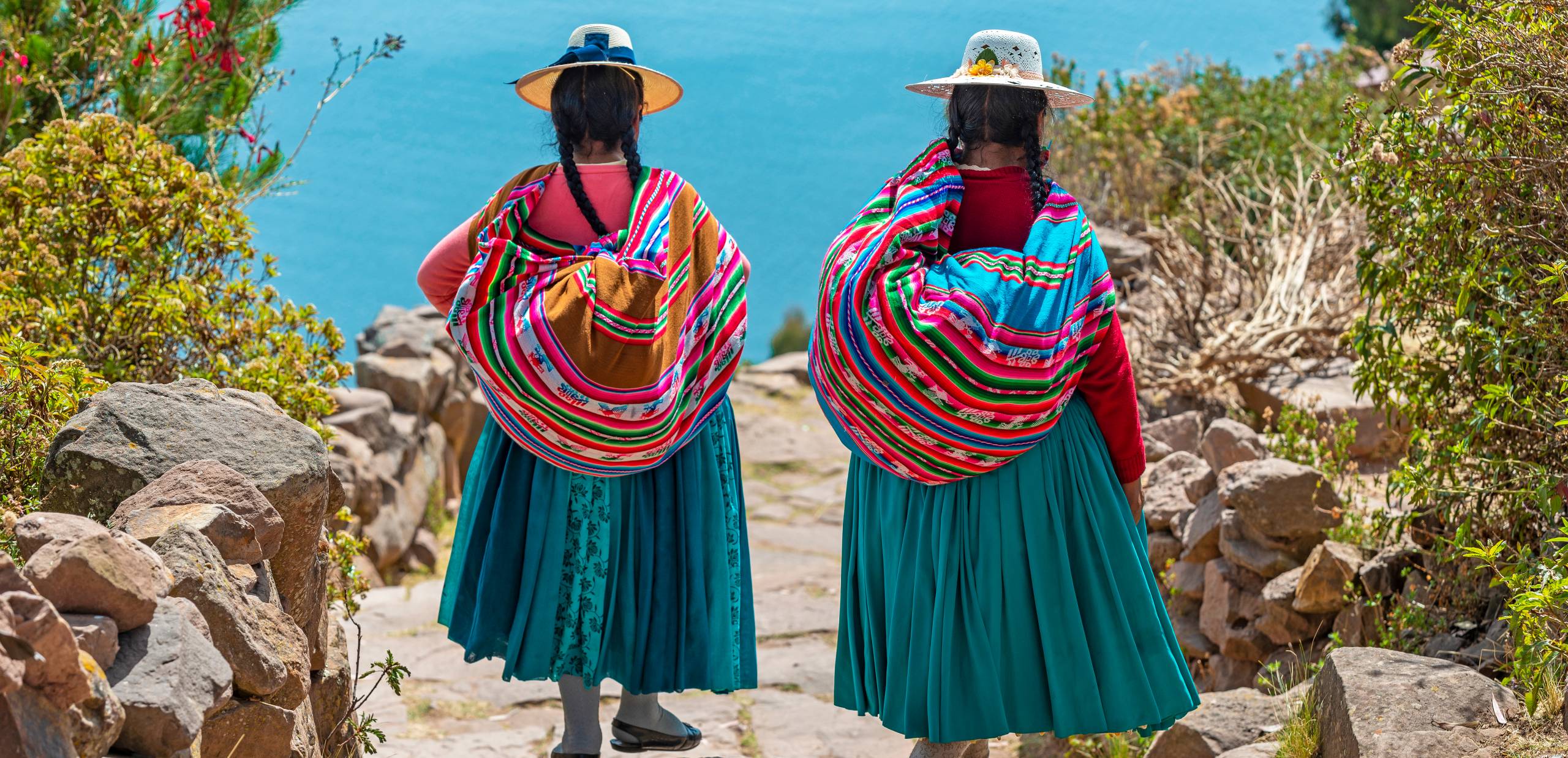Introducing Peru
As the gem of South America’s must-visit locations, Peru offers an endless variety of alluring sights. This captivating location, known for its variety of landscapes and historical cultural legacy, has plenty to offer any ardent visitor.
Advocates of the outdoors and wildlife are similarly blessed with options, with excursions to the Colca Canyon, one of the world’s deepest canyons, and Lake Titicaca among the attractions not to be missed.
Peru excels in the world of cuisine. Romantics travel from all over the world to the vibrant Lima, known as the cuisine capital of South America, to indulge themselves in the majestic ancient grandeur of the city and its tempting, delectable cuisine flavoured with regional, Spanish, African, and Asian flavours.
After Brazil and Argentina, Peru is the third-largest nation in South America. It contains a range of rural habitats, including mountains, beaches, deserts, and rain forests. The majority of people reside near the Pacific Ocean coast, where Lima, the country’s capital, is situated.
The dry season, which lasts from May to October, is the ideal time to visit Peru since it features nice weather, clear Andean sky, and brisk evenings.
Between November and April, there will be more rain than usual, with January and February being the rainy months. The benefits of travelling during this period include fewer tourists, greener landscapes, and occasionally cheaper hotel and airfare prices.
The Amazon also gets greater rain between November and March, but this shouldn’t stop you, as the plants and wildlife encounters are still abundant.
There are over 500 signature Peruvian dishes in their cuisine. Some of the most notable are:
Ceviche: It’s the tastiest, most delicious and healthiest dish you’ll ever eat, and it’s Peru’s national dish. The best variations of this marinated fish dish can be found in Lima.
The most common meat dish is lomo saltado. It has Criollo and Chifa elements (blending Peruvian with Chinese cuisine). Beef is flame-cooked (flambee) in a wok while native Peruvian ingredients such amarillo peppers, tomatoes, and red onions are combined. Although it has a smokey flavour that gives it character, the sauce, which is a concoction of Peruvian and Chinese ingredients, is what really sets this meal apart. For something a little sweet try Suspiro a la Limeña, the most well-known dessert in Lima, which bears the name of the city, consists of silky meringue and dulce de leche, or caramelised sugar.
Peruvians are a diverse group of people from many various civilizations, including Indians, Europeans, Africans, Asians, and Spaniards. Most people up until recently resided in rural areas. Nonetheless, more than 70% of people currently reside in cities. The Spanish-introduced Catholic religion is practised by most Peruvians.
Peru has a long history. There were first people there around 15,000 years ago. More than 5,000 years ago, societies started to form on the west coast and migrated inward. The Chavin, Moche, and Nasca were a few of these.
The Inca, a civilisation that flourished in Peru for over 600 years, was one of the most significant Peruvian cultures. Cusco, their capital, is still a significant metropolis today. Machu Picchu, a well-known and enigmatic ancient city in the Andes, was also constructed by the Inca. Until the Spaniards took control of them in 1532, they lived in prosperity for many years.
Peru is a fantastic destination for family vacations. You may walk to Machu Picchu, go island-hopping on Lake Titicaca, or explore the Amazonian jungles for fun and exciting activities. You can learn to cook with a Peruvian family or create your very own homemade chocolate delicacies while studying the farming of cocoa. There are also great hiking opportunities for example hiking in the Andes region, specifically the Inca Trail or the Lares Trek.
Recommended Peru Specialists
Top Locations in Peru

